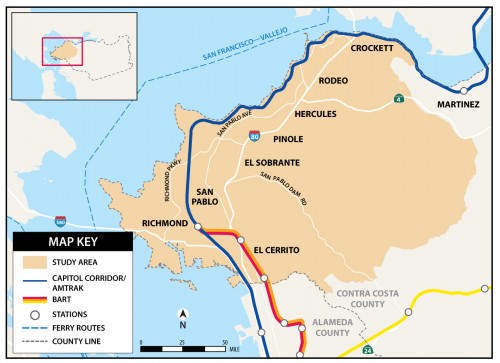
If you haven’t ridden BART in a while, you might not be aware of the changes they’ve made to improve the customer experience and increase ridership. Riders are fans of the improvements – overall ridership is up more than 9% over last year and BART’s most recent customer satisfaction rating was 81%.
BART has made improvements in a variety of areas, including cleanliness, safety, accessibility, and reliability. Here’s a snapshot of what they’ve done:
Cleaning and Safety
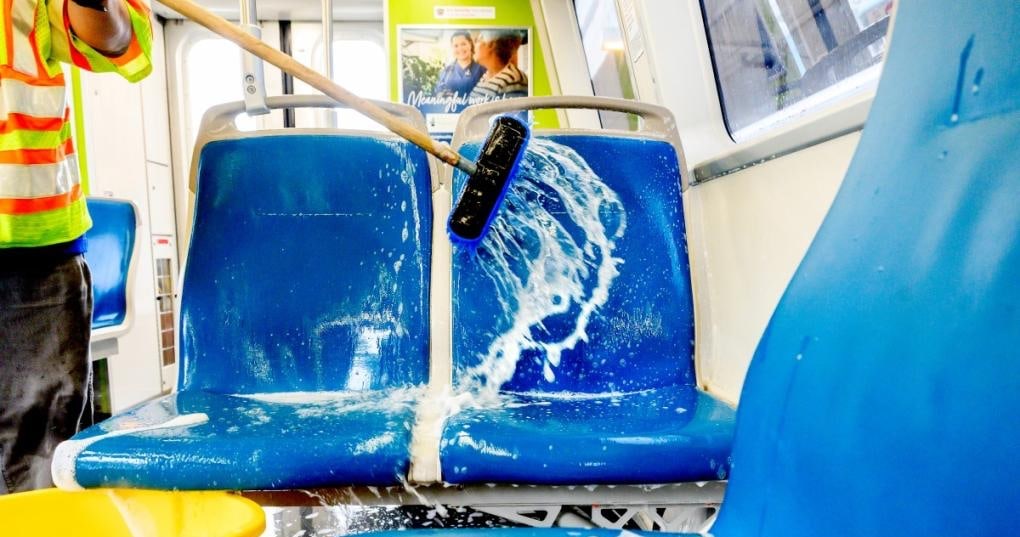
In fall 2023, BART launched its Safe and Clean Plan to make sure riders feel safe, to keep trains cleaner, and to provide exceptional service. BART doubled the rate of deep cleaning on train cars, retired all older trains, and added nearly 66% more crews working to clean stations. They also installed LED lighting on platforms and in parking facilities to eliminate dark corners and staffed station restrooms at high-volume stations with attendants to guarantee cleanliness and safety.
BART also doubled the presence of BART Police officers throughout the system and allocated more of their time to riding the trains. The increased patrols have already helped deter crime, aid in apprehending suspects, and enforce the BART Code of Conduct. The number of trains delayed by unwanted behavior dropped nearly 40% from May to October, and more riders than ever say they are seeing BART PD on their trips.

BART also uses unarmed Crisis Intervention Specialists, Ambassadors, and Fare Inspectors for additional patrols with experts in de-escalation. As a result, 7% of calls have been diverted from police to an employee with training in social work.
Fleet of the Future Trains for All Trips
In September 2023, BART began running Fleet of the Future trains exclusively as part of their reimagined schedule. The change represents a big improvement in the rider experience as well as to on-time performance since the new trains are much more reliable than legacy trains.
The implementation of BART’s reimagined schedule brought a number of other benefits to BART riders. In addition to a 50% increase in evening service, the wait time between trains became 20 minutes or less – no matter the hour of the day or day of the week. Service on the Yellow Line, BART’s busiest weekday line, also increased from trains every 15 minutes to every 10 minutes from Pittsburg/Bay Point Station.
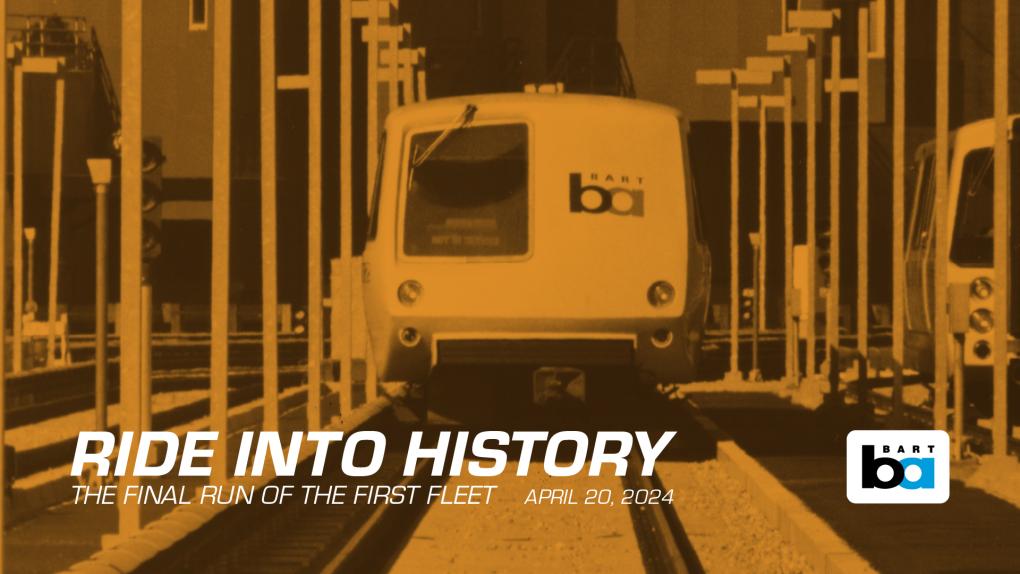
Join the Last Ride on the Legacy Fleet: BART invites the public to celebrate the last run of BART’s legacy trains on April 20 at MacArthur BART Station. The ceremony begins at 1pm and the public is welcome to board the legacy trains on their farewell ride.
Clipper-Only Fare Payment
In December, BART completed the move to a Clipper-only fare payment system. Clipper is accepted by nearly all transit agencies in the Bay Area, and many agencies offer discounted fares when using Clipper. The ‘tag in, tag out’ system allows riders to move through fare gates faster than the old paper tickets, plus riders can set up their Clipper card account to reload automatically.
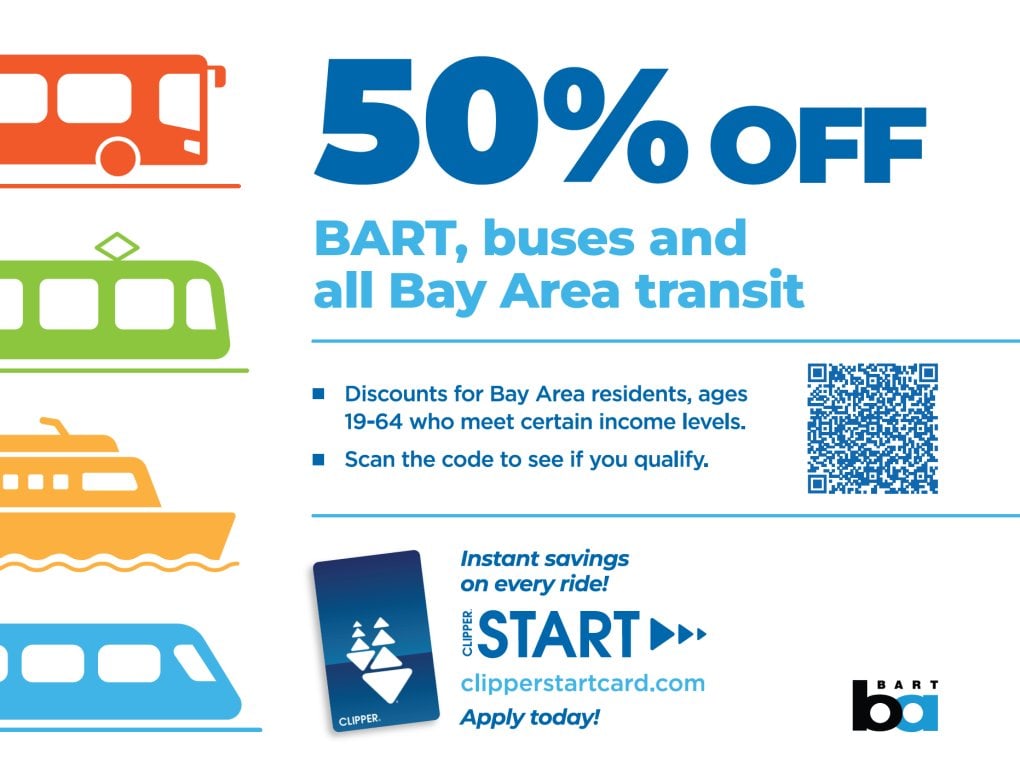
One of the biggest advantages in BART moving to Clipper-only is the ability to efficiently provide discounted fares to qualifying riders based on age, income, and disability. Clipper offers Youth, Senior, RTC, and START cards. The Clipper START card provides low-income riders 50% off single-ride transit fares throughout the Bay Area.
Improved Fare Gates
BART has begun the process of installing brand-new fare gates systemwide. The first prototype gates have already gone into service at West Oakland station, and Richmond and Antioch stations will receive new fare gates this summer. The new gates offer a variety of benefits:
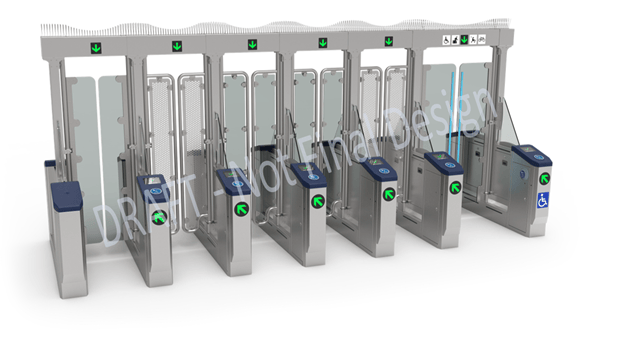
- Accessibility – Gates can detect wheelchair users and those with luggage, strollers, or bikes to ensure they get through with ease, and LED lighting assists visually impaired riders.
- Safety – The new fare gates have tall swing barriers, making them more difficult to push through, jump over, or climb under.
- Expanded Payment Compatibility – The new gates will be compatible with the next generation of Clipper, which will allow payment by debit card, credit card, Apple Pay, or Google Pay.
Try Riding BART – Incentives Available
With all the improvements to the system, it’s worth taking a ride on BART. And if you currently commute by driving alone, you try it for free. Just request a complientary $25 Clipper card through Try Transit. The offer is available to commuters 18+ who live or work in Contra Costa County.
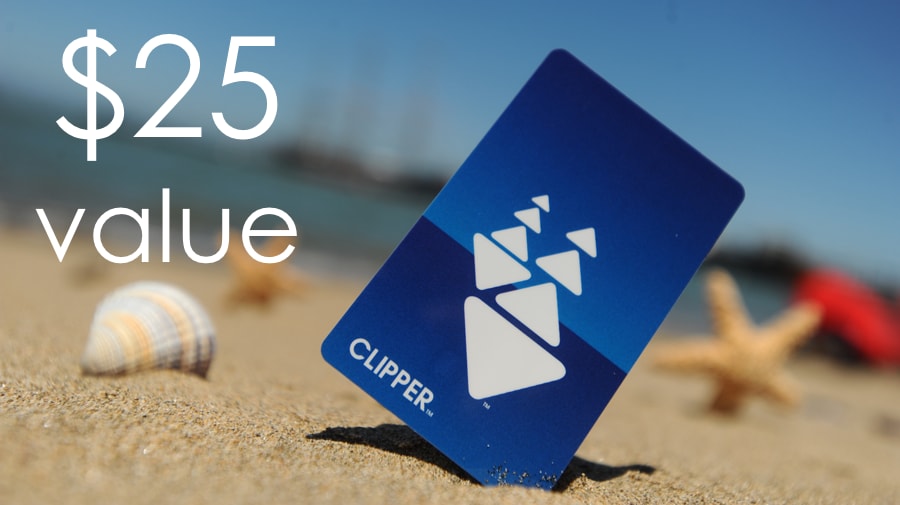

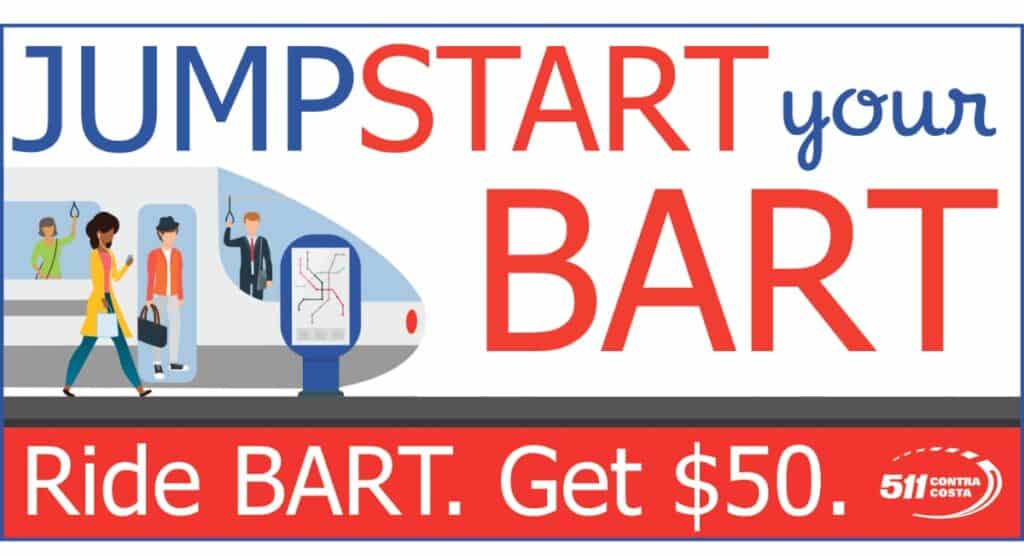
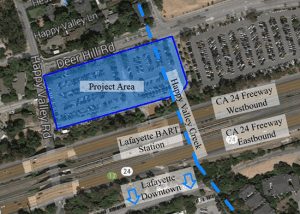 Starting in mid-May 2017, construction work will begin on the northern parking lots of the Lafayette Station as part of the Station Site Improvements Project.
Starting in mid-May 2017, construction work will begin on the northern parking lots of the Lafayette Station as part of the Station Site Improvements Project.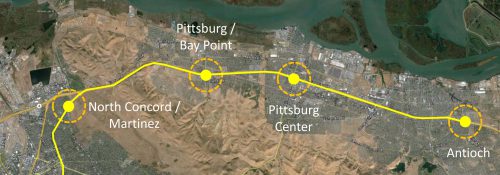
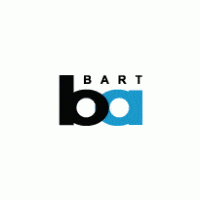 Do you use the North Concord/Martinez or Pittsburg/Bay Point BART station? Live or work in East County? BART wants your input!
Do you use the North Concord/Martinez or Pittsburg/Bay Point BART station? Live or work in East County? BART wants your input!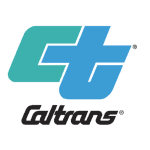 Caltrans has set a target to triple bicycling by 2020, but in order to make that happen, they need your help!
Caltrans has set a target to triple bicycling by 2020, but in order to make that happen, they need your help! Completing the Bike Plan survey will assist Caltrans with their mission to build bicycle facilities that are safe, comfortable and convenient. These expanded and upgraded facilities will:
Completing the Bike Plan survey will assist Caltrans with their mission to build bicycle facilities that are safe, comfortable and convenient. These expanded and upgraded facilities will: